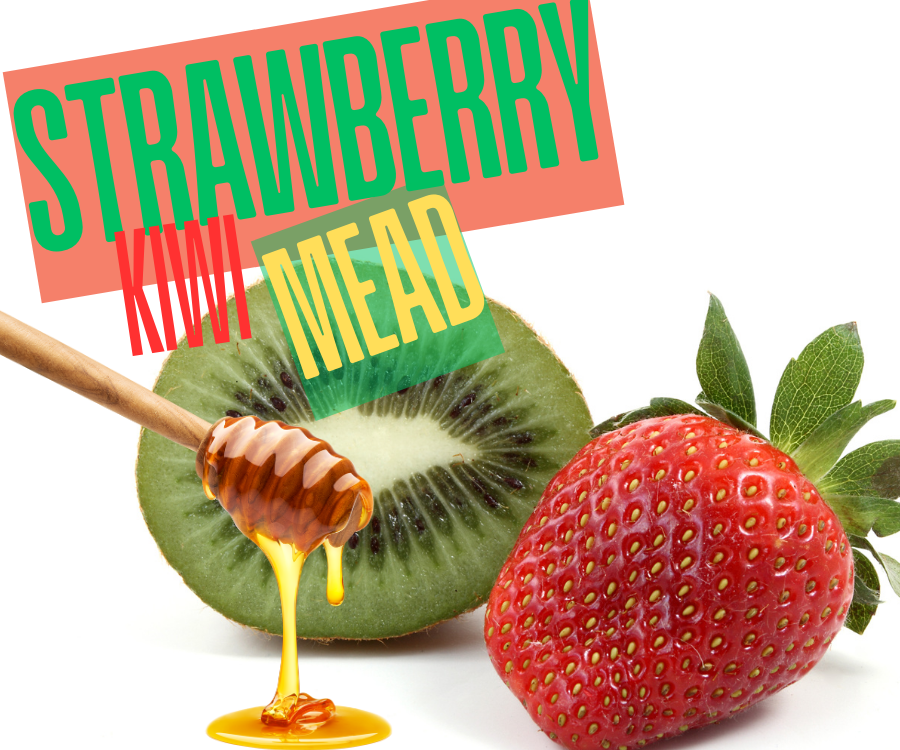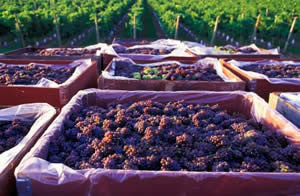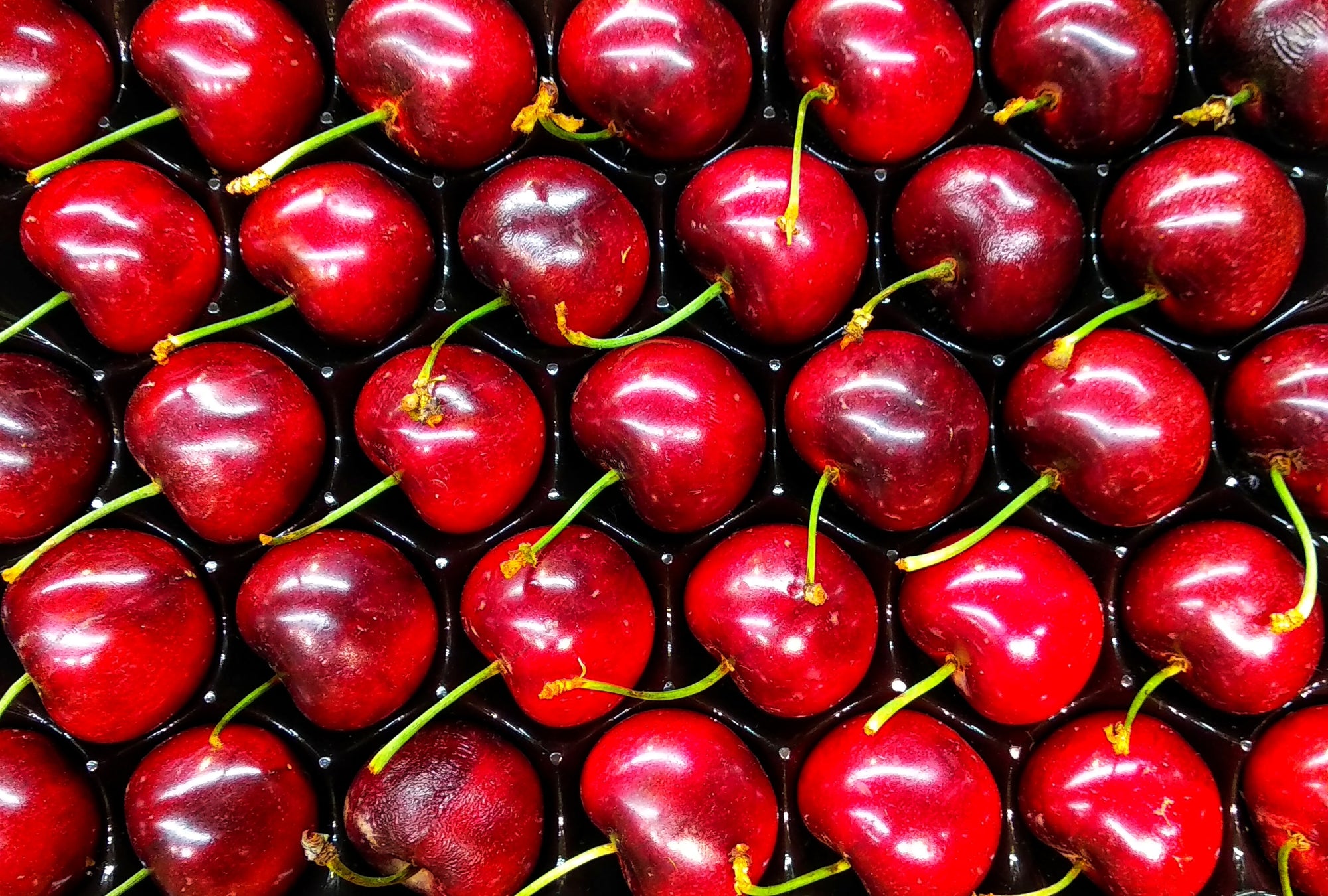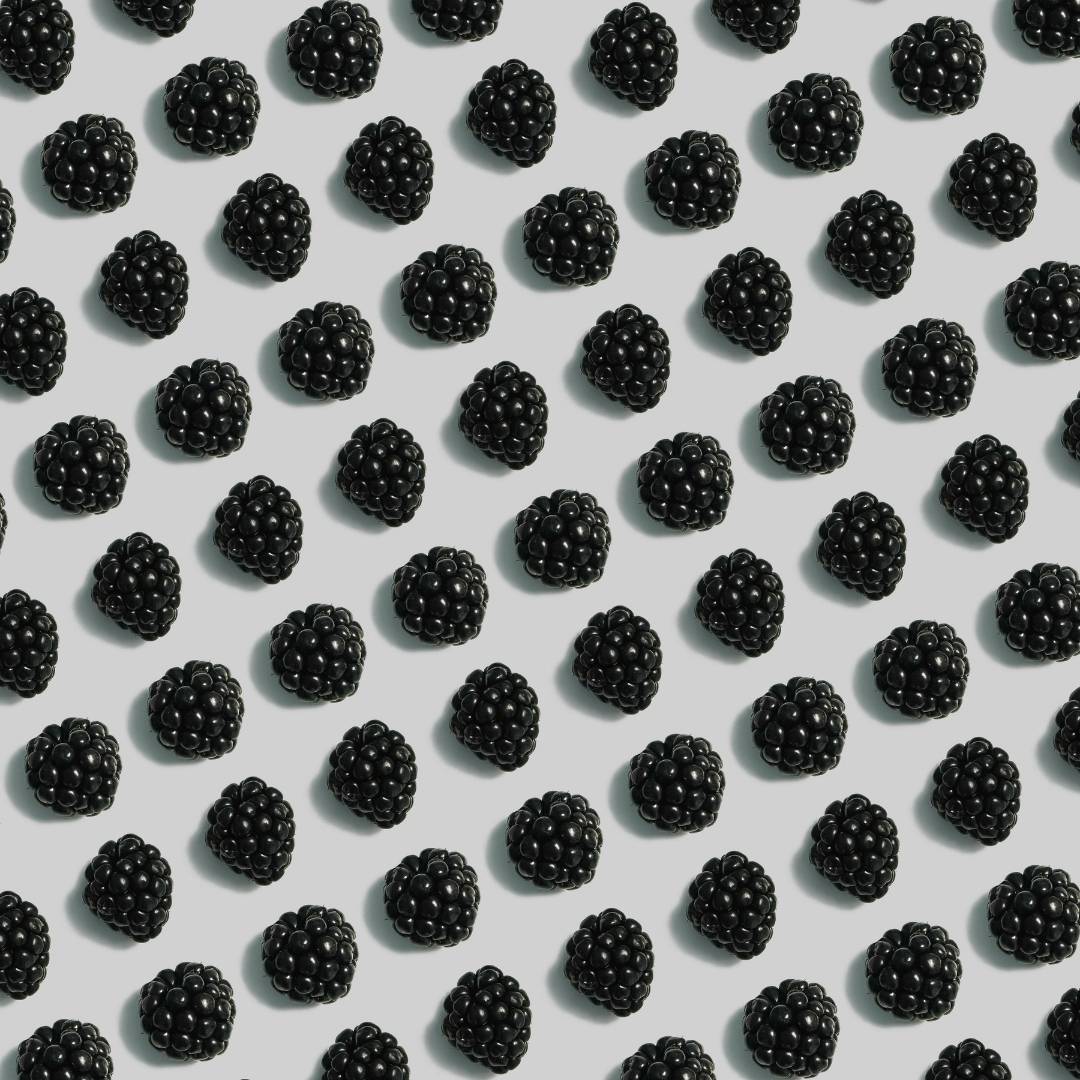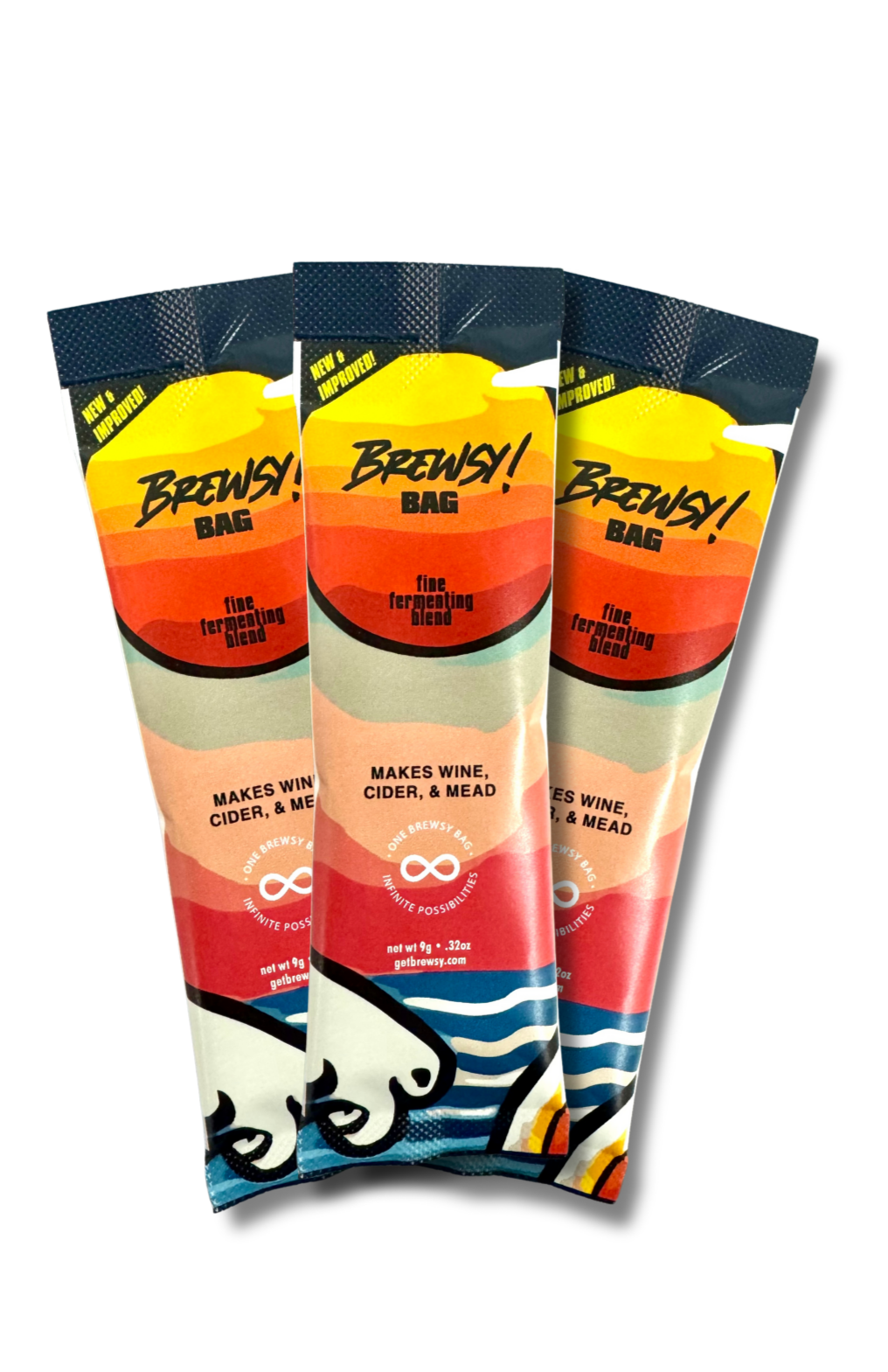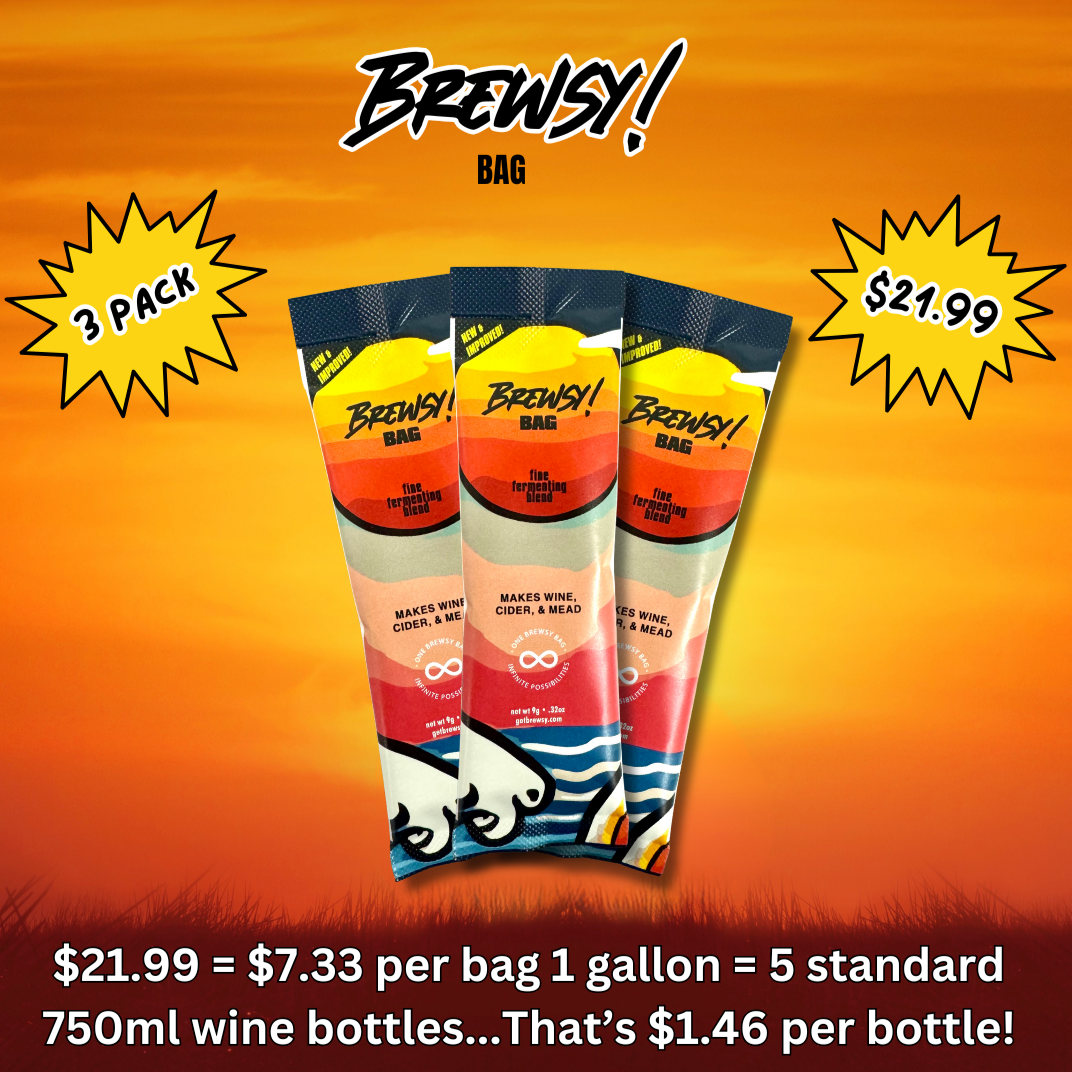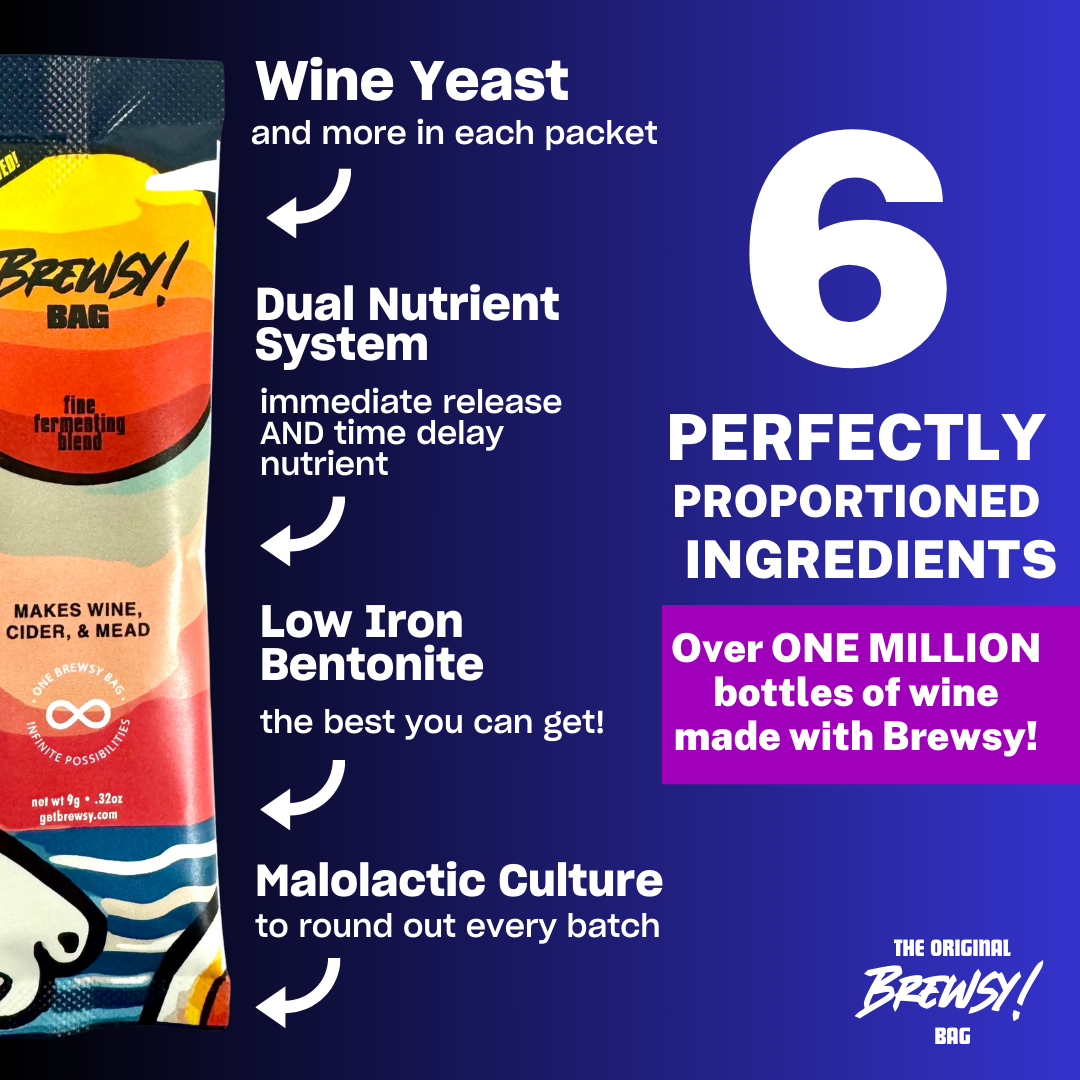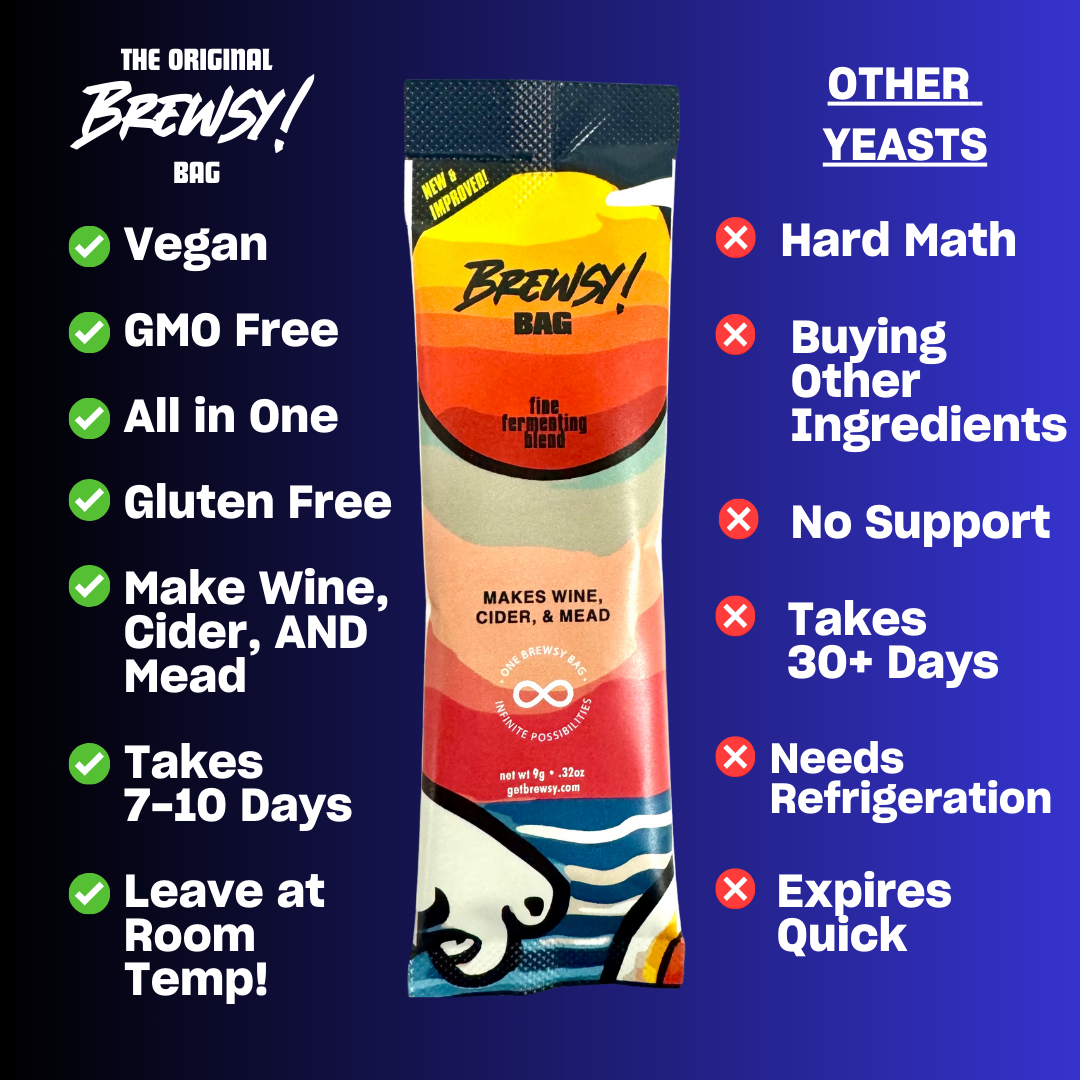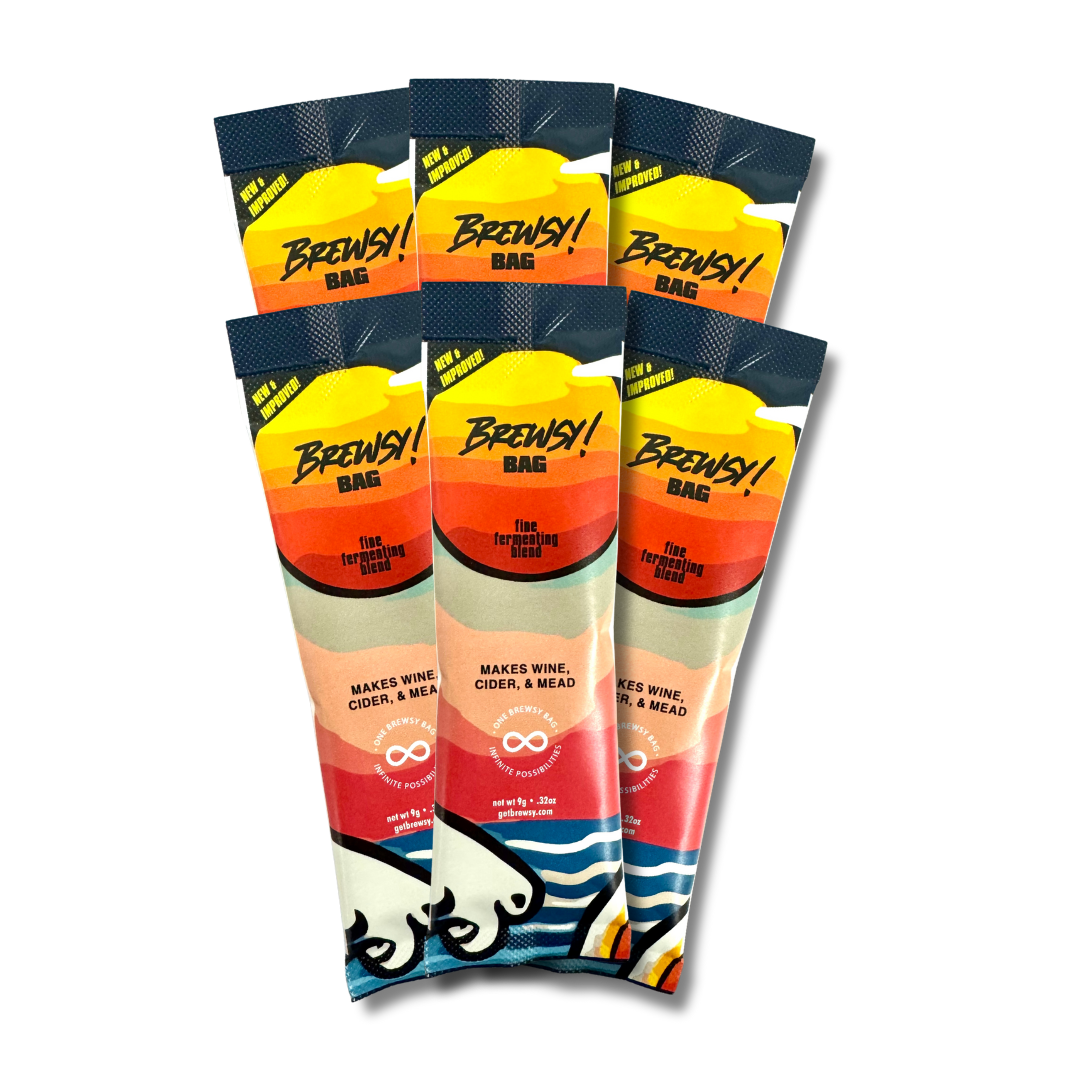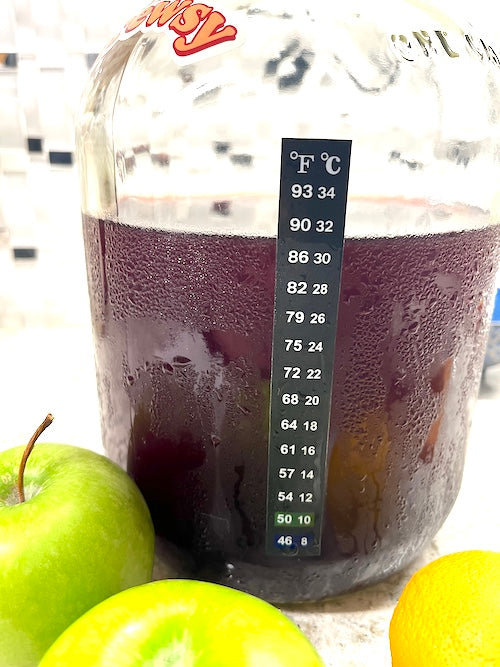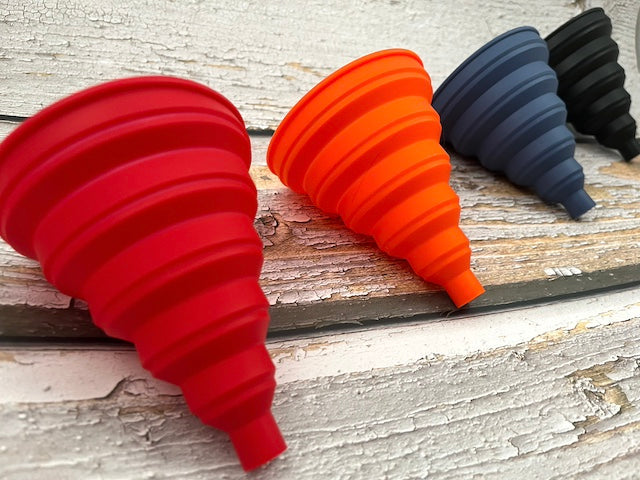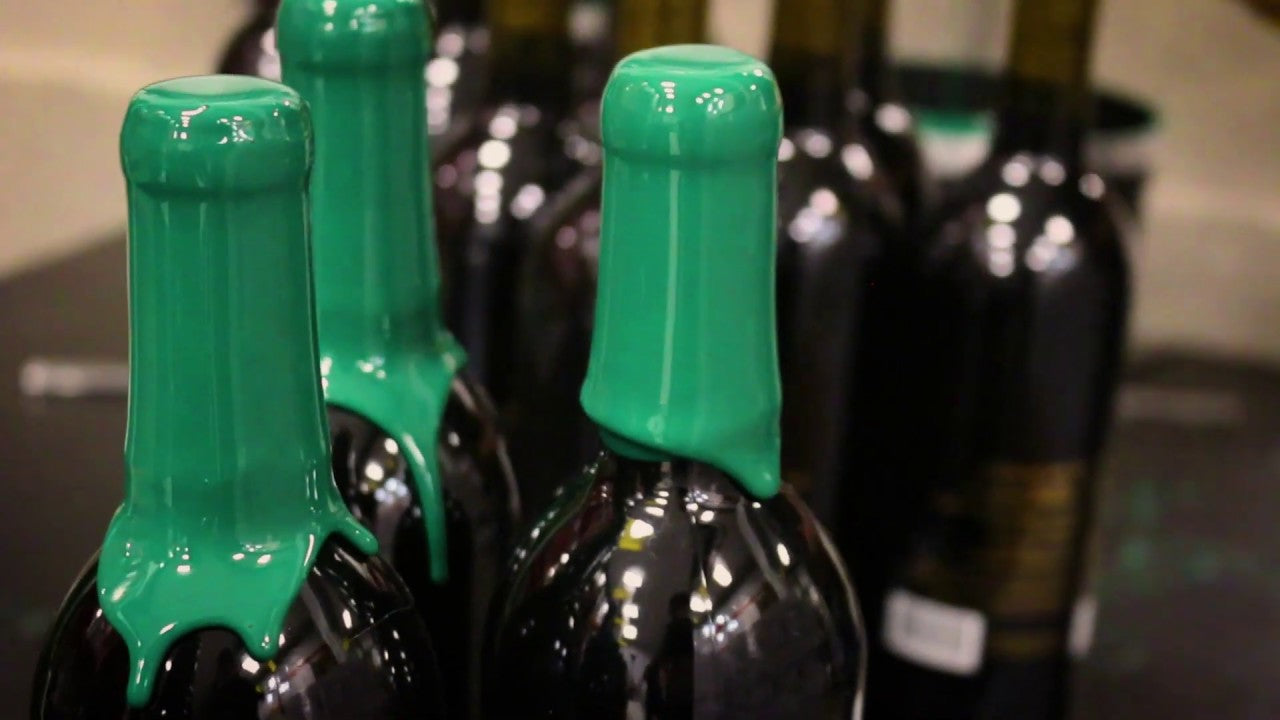
How Are Wine Bottles Sealed?
Using corks as a stopped or seal in wine bottles is something that dates back around three hundred and forty years when a Benedictine monk used cork in lieu of the previously used piece of wood that was wrapped in hemp and soaked in oil, but aside from corking, how are wine bottles sealed?
Another method of sealing which is seen in a lot of wine bottles, especially high-end wines and champagnes, is the usage of wax. Aside from looking quite stylish and posh, the wax sealing provides a number of benefits to wine bottles. Up until today, many wineries still use traditional cellars and finding rodents in these wine cellars hundreds of years ago might have been considered commonplace so the wax was used to protect the cork from being chewed by these pesky rats. Do not worry, modern pest control is very efficient.
On top of being protection against unwanted creatures, cork back then was not as high quality as it is now, so it also served as a leak-proofing. Unfortunately, by the 1980's, wax sealing was vastly replaced with the aluminum seals which are still quite prominent today. Another more modern replacement is the heat-shrink plastic wraps which, of course, tend not to be environmentally-friendly, but, for the wineries, it is the most economically logic option. Aluminum can be recycled, and wax can be melted and reused, but both are still more expensive than the heat-shrink option.
Another reason why aluminum and plastic seals have become more prominent, aside from the cost-efficient side, is simply because, while it does indeed look beautiful and elegant, they are much more easier to open than wax. Aside from having to carefully, but somewhat forcefully, cut through it, it leaves a great deal of a mess which can be difficult to contain which, in turn, has become the bane of many wine aficionados. In spite of this, however, wineries all the way from California to France still adopt this centuries-old technique of sealing.
If you drink wine on a regular basis, the frustration of having to crack the seal would be understandable, however, it should still be an experience worth enduring, especially if you have a homemade wine that has been aging for a quite a while. Bonus points if you have aged it with oak.
So let us you want to take a crack at sealing your own bottles, how to seal with it wax? First, you will need bottle sealing wax which is wax solely for the purpose of sealing bottles. They come in a variety of colors and, aside from plain, can also come in glossy, metallic, or even pearl variants. The actual process is quite simple: melt some wax of choice, dip the corked mouth of the bottle into it, take it out, slowly spin the bottle to drip off any excess, and let dry.
As a reminder, though, that if you are wax sealing bottles that have not undergone the preservative treatment, you will still be limited to fridge storage of the wine.

